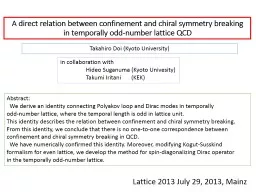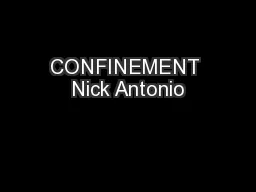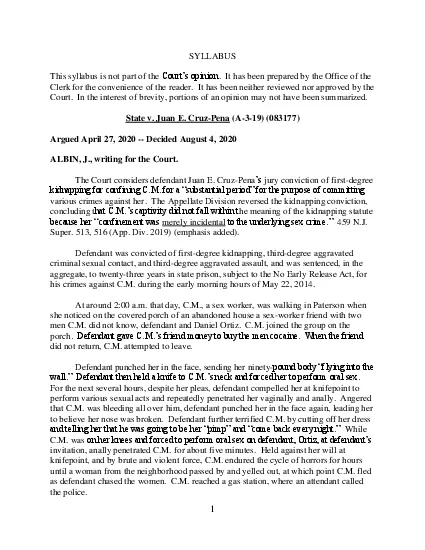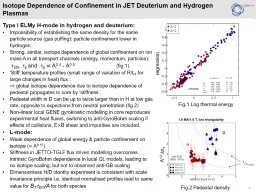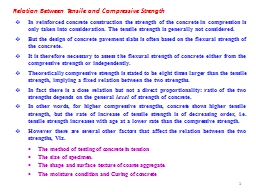PPT-A direct relation between confinement
Author : conchita-marotz | Published Date : 2016-07-26
and chiral symmetry breaking in temporally oddnumber lattice QCD Lattice 2013 July 29 2013 Mainz Takahiro Doi Kyoto University in collaboration with Hideo
Presentation Embed Code
Download Presentation
Download Presentation The PPT/PDF document "A direct relation between confinement" is the property of its rightful owner. Permission is granted to download and print the materials on this website for personal, non-commercial use only, and to display it on your personal computer provided you do not modify the materials and that you retain all copyright notices contained in the materials. By downloading content from our website, you accept the terms of this agreement.
A direct relation between confinement: Transcript
Download Rules Of Document
"A direct relation between confinement"The content belongs to its owner. You may download and print it for personal use, without modification, and keep all copyright notices. By downloading, you agree to these terms.
Related Documents

